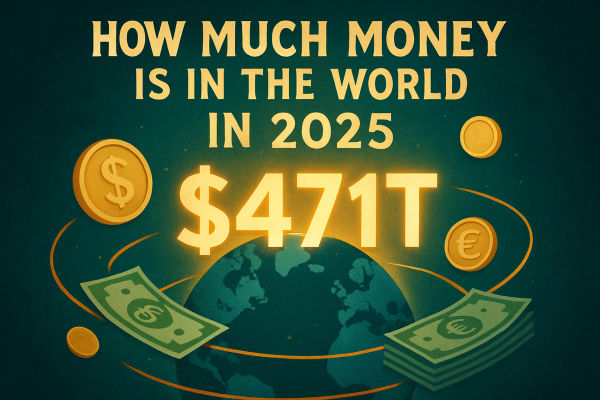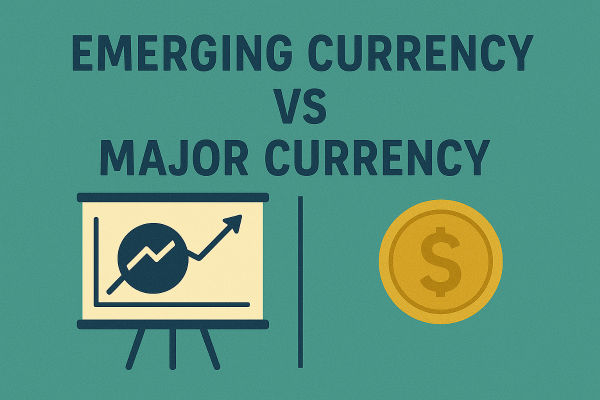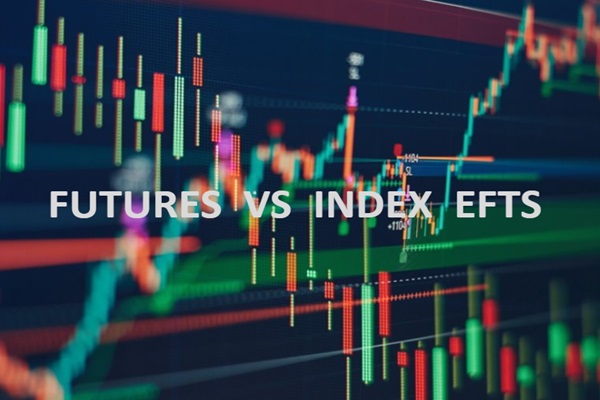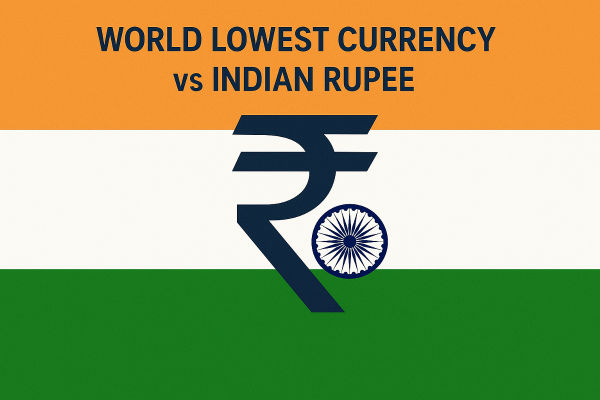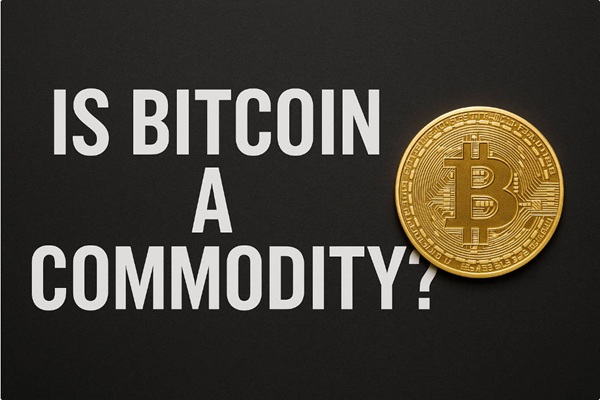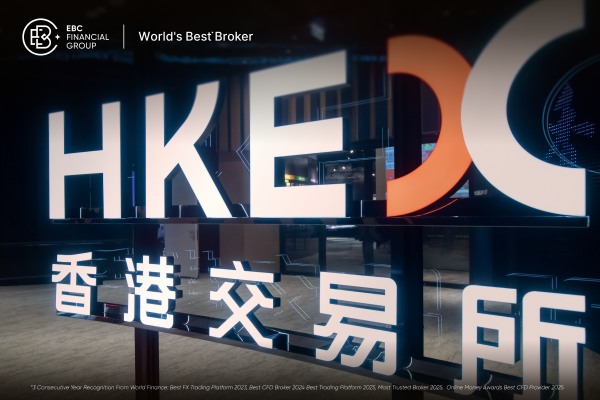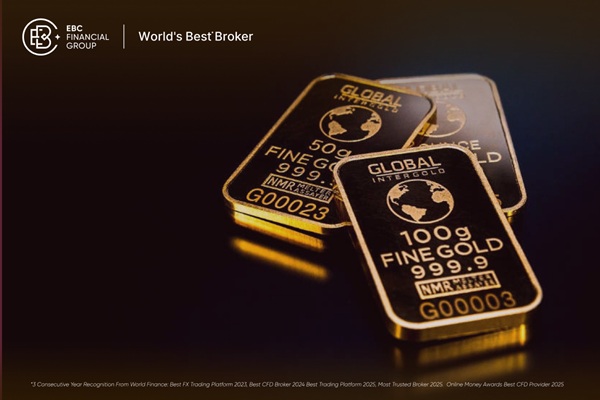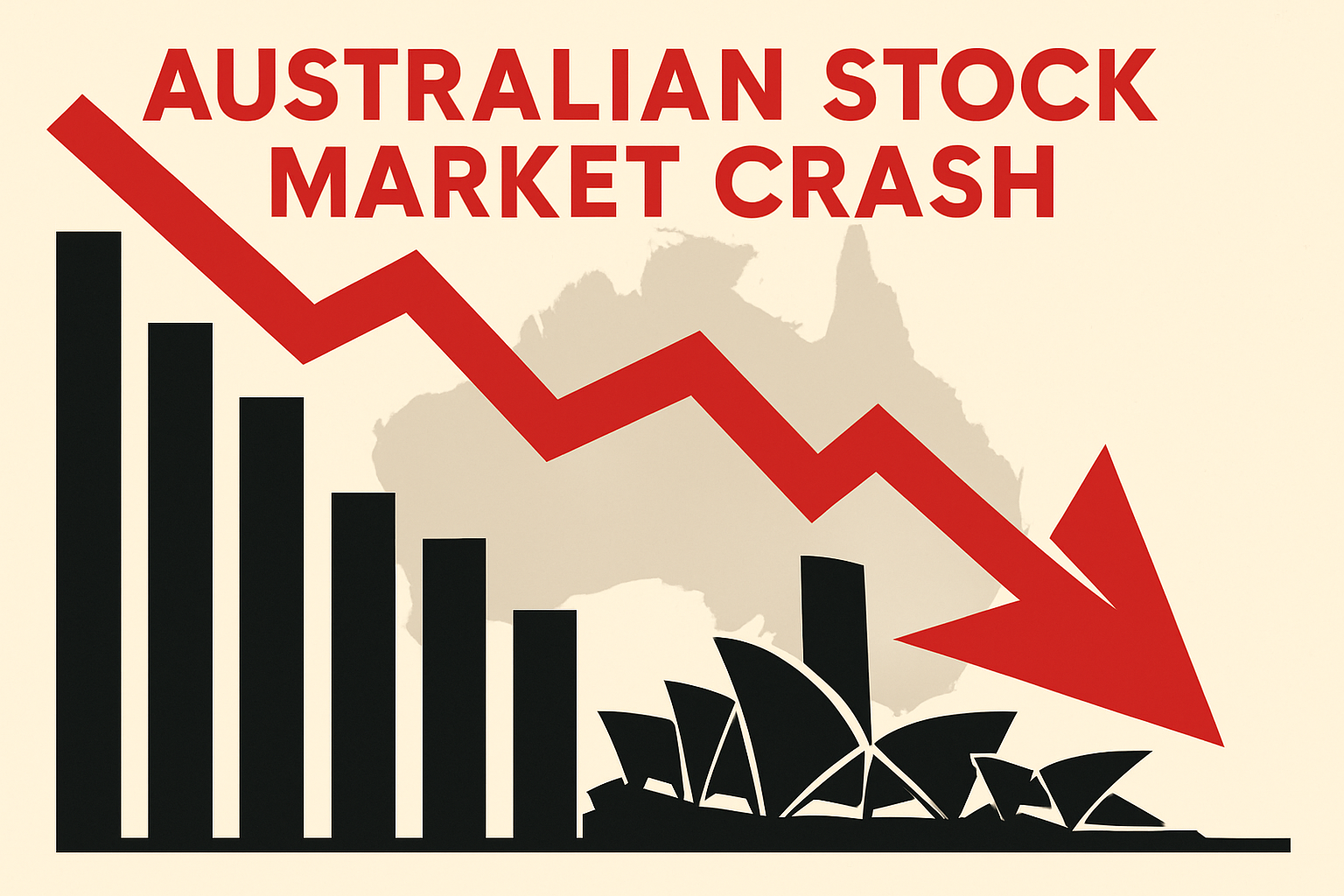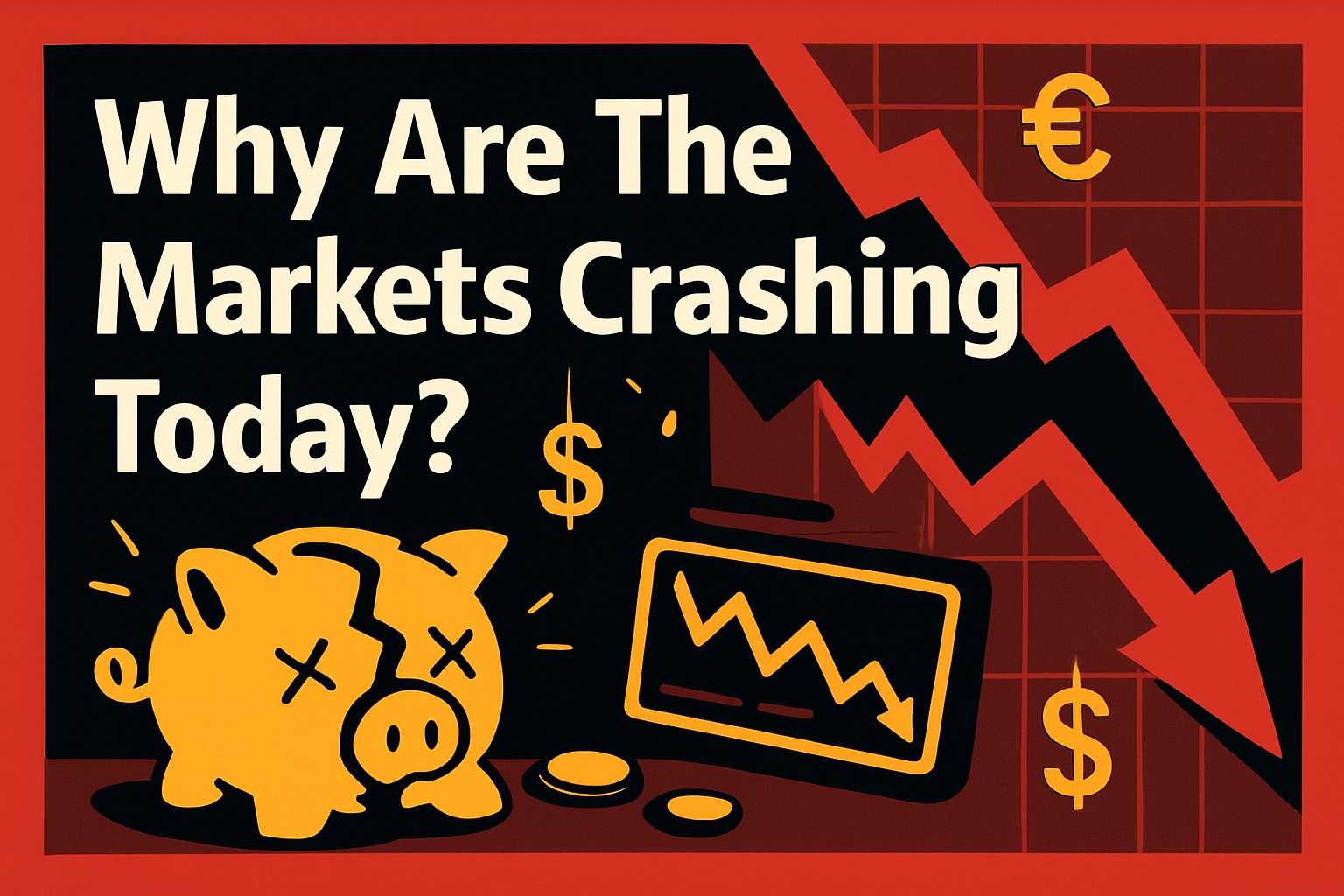Money is a cornerstone of modern economies. It facilitates trade, measures value and wealth. But not all money is created equal. Throughout history, societies have utilised various forms of currency, ranging from precious metals to printed banknotes.
Two of the most important monetary concepts in economics and investing are commodity money and fiat money. Understanding the differences between these two forms of money is critical for anyone interested in economics, currency markets, or monetary policy.
This article explores the key distinctions between commodity and fiat money, tracing their historical roots, evaluating their strengths and weaknesses, and explaining their implications for today's financial systems.
What Is Commodity Money?
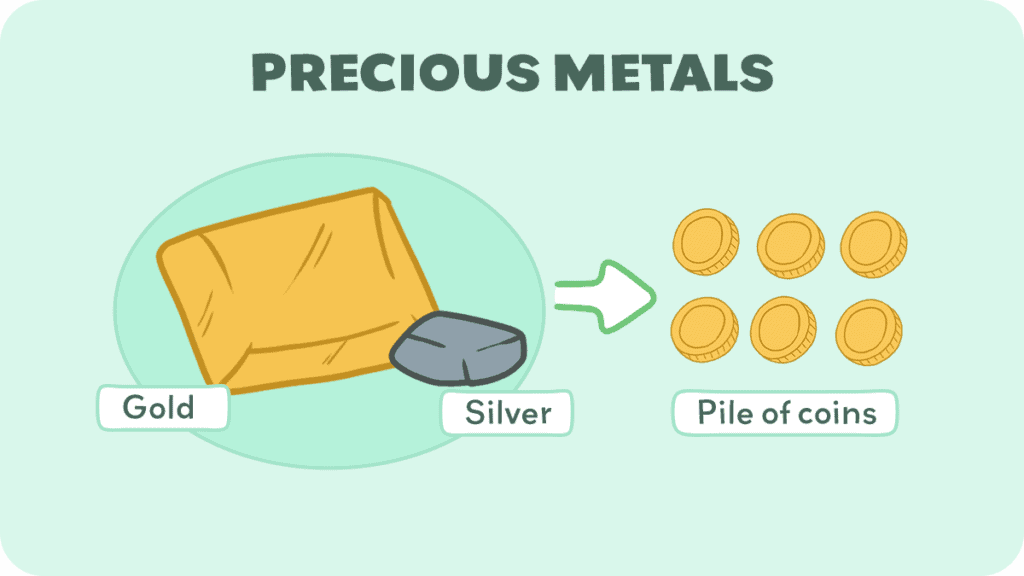
Commodity money refers to money with intrinsic value, meaning its worth is derived from the material it is made from. In simple terms, it's a type of money that is valuable in and of itself. Common examples include gold, silver, copper, salt, or livestock.
The earliest civilisations relied on commodity money because it was tangible, scarce, and widely accepted for trade. A gold coin, for example, held value because of its use in trade and the inherent value of the gold itself.
Characteristics of Commodity Money:
Intrinsic value
Limited supply (scarcity)
Often durable and divisible
Used across civilisations for centuries
Commodity money is the foundation of many historical monetary systems, including the famous gold standard.
Real-World Examples:
Gold coins in Ancient Rome or medieval Europe
Silver currency in the Spanish Empire
Tobacco and cattle were used as money in colonial America
Gold-backed U.S. dollar until the early 20th century
Advantages
1) Long-Term Stability
Commodity money can maintain value over decades or centuries. Gold, for example, is seen as a hedge against currency depreciation.
2) Inflation Resistance
Since commodity supplies are limited, excessive money printing isn't possible. This naturally prevents inflationary pressures.
3) Intrinsic Demand
Many commodities used as money (like silver and gold) are also used in industry and jewellery, giving them additional value drivers.
Disadvantages
1) Inflexibility
Governments cannot quickly expand or contract the money supply in response to economic crises.
2) High Production and Storage Costs
Mining, storing, and transporting commodities is expensive and inefficient compared to printing digital or paper currency.
3) Limited Supply
Economic growth often demands a growing money supply—something commodity systems struggle to accommodate.
What Is Fiat Money?
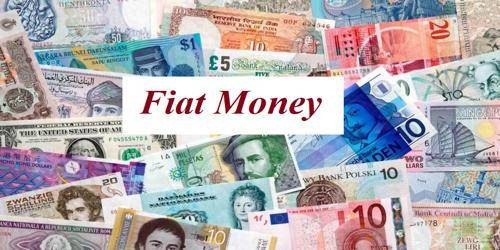
Fiat money, on the other hand, has no intrinsic value. Its value comes solely from government decree—a central authority declares it legal tender, and people accept it because they trust that it can be used for goods and services.
Modern currencies like the U.S. dollar, euro, yen, or rupee are all fiat currencies and are not supported by a physical commodity like gold or silver. Instead, their value relies on monetary policy, economic stability, and public trust.
Characteristics of Fiat Money:
No intrinsic value
Issued by a government or central bank
Unlimited supply potential (can be printed)
Dependent on public confidence and regulatory control
While fiat money dominates the global financial system today, it also introduces challenges such as inflation risk and reliance on central bank decisions.
Real-World Examples:
Modern U.S. Dollar (USD) post-1971
Euro (EUR) used across the Eurozone
Japanese Yen (JPY) and Chinese Yuan (CNY) are centrally managed fiat currencies
Advantages
1) Central Bank Control
Monetary authorities like the Federal Reserve or the ECB can quickly implement policy changes to fight inflation, unemployment, or recessions.
2) Easy to Use and Transport
Digital versions of fiat money make payments seamless, especially in a globalised, online economy.
3) Supports Credit and Investment
Fiat systems make creating credit, borrowing money, and investing, facilitating economic expansion easier.
Disadvantages
1) Inflation and Hyperinflation
Excessive money printing by central banks can lead to high inflation, as seen in historical cases like Zimbabwe and Weimar Germany.
2) Loss of Purchasing Power
Over time, fiat money tends to depreciate, meaning your savings may buy less in the future.
3) Political Influence
Because fiat money systems rely on a central authority, they can be subject to political manipulation or corruption.
Historical Evolution: From Commodity to Fiat
Human societies didn't always use paper currency. Commodity money dates back thousands of years, while fiat money is a relatively modern invention.
The Era of Commodity Money
In ancient Mesopotamia, people used barley and silver as money. The Roman Empire used gold and silver coins. These materials had practical uses in addition to being money—making them inherently valuable.
Commodity money systems persisted for centuries. For context, the gold standard emerged in the 19th century.
Nations promised to exchange paper currency for a fixed amount of gold, which anchored monetary value and prevented excessive inflation.
The Rise of Fiat Money
The limitations of commodity money, particularly during wars and economic crises, led governments to seek more flexible monetary tools. The transition began in the 20th century:
The Bretton Woods System (1944): Tied currencies to the U.S. dollar, which was backed by gold.
In 1971, the U.S. officially ended the gold standard (Nixon Shock), making the dollar a fiat currency.
Most countries followed suit, leading to today's fiat-dominated monetary system.
Now, no massive currency is backed by physical commodities.
Key Differences Between Commodity and Fiat Money
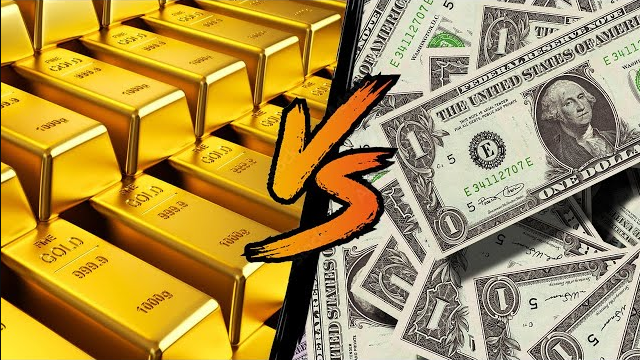
1. Intrinsic Value
Commodity Money: Has inherent worth due to the value of the material (e.g., gold).
Fiat Money: Has no value; worth is based on trust and legal enforcement.
2. Supply Control
Commodity Money: Limited by the resource's availability (e.g., gold mines).
Fiat Money: Can be produced in unlimited quantities by central banks.
3. Monetary Policy Flexibility
4. Inflation Risk
5. Economic Growth Compatibility
Which Is the Better Investment Strategy?
There's no one-size-fits-all answer. The debate depends on what you're optimising for:
For stability and inflation resistance, commodity money shines.
For economic flexibility and growth, fiat money wins.
Most economists agree that fiat systems are better suited for complex, modern economies, as long as they are well managed. However, commodity-based systems still appeal to those concerned about inflation, central bank overreach, or systemic instability.
For example, gold remains popular as a safe-haven asset even in fiat-dominated systems. When confidence in fiat money declines, investors often turn to gold.
Conclusion
At its heart, the difference between commodity and fiat money is intrinsic value against trust. Commodity money is valuable because of what it is. Fiat money is valuable because we believe it is.
Whether you're hedging against currency depreciation, investing in precious metals, or evaluating government fiscal policy, commodity and fiat money will help guide smart financial decisions.
Disclaimer: This material is for general information purposes only and is not intended as (and should not be considered to be) financial, investment or other advice on which reliance should be placed. No opinion given in the material constitutes a recommendation by EBC or the author that any particular investment, security, transaction or investment strategy is suitable for any specific person.









